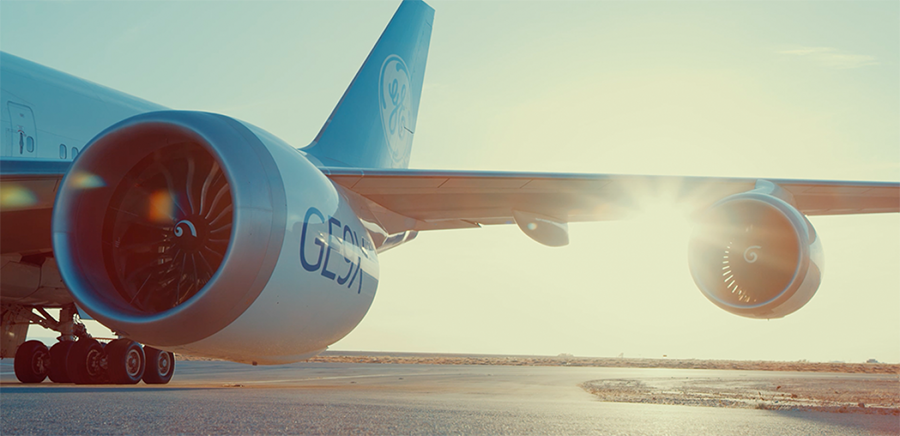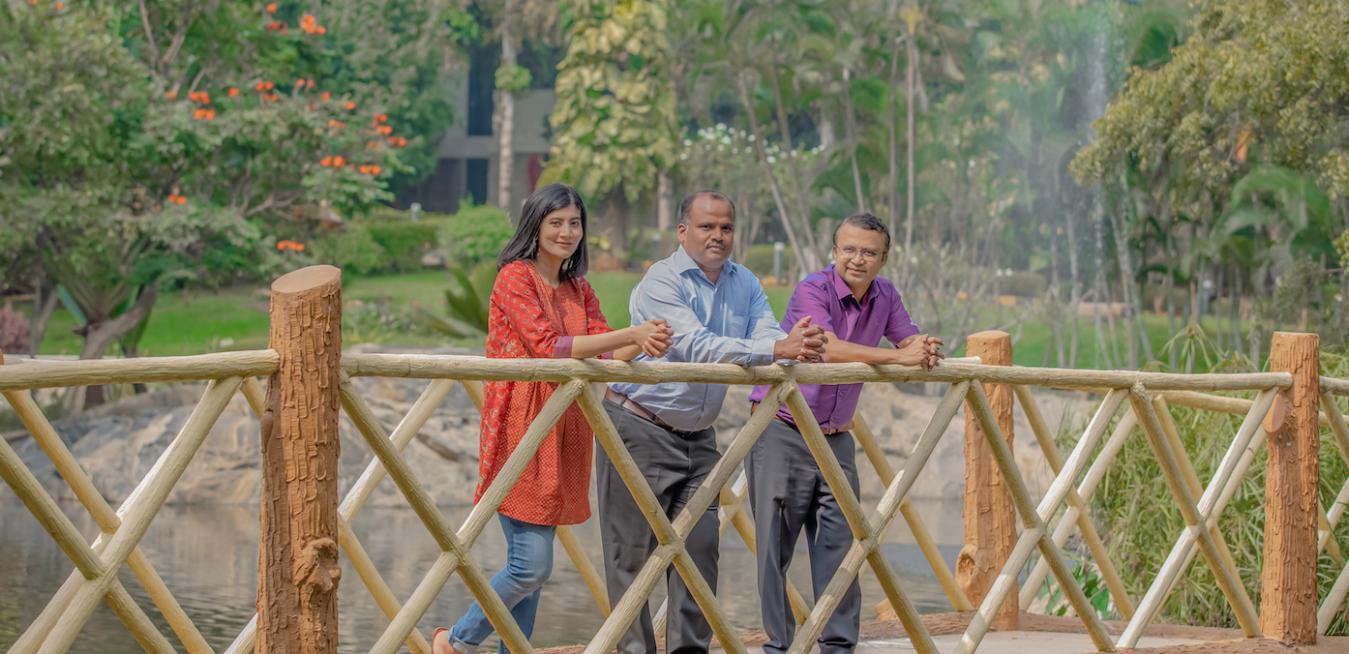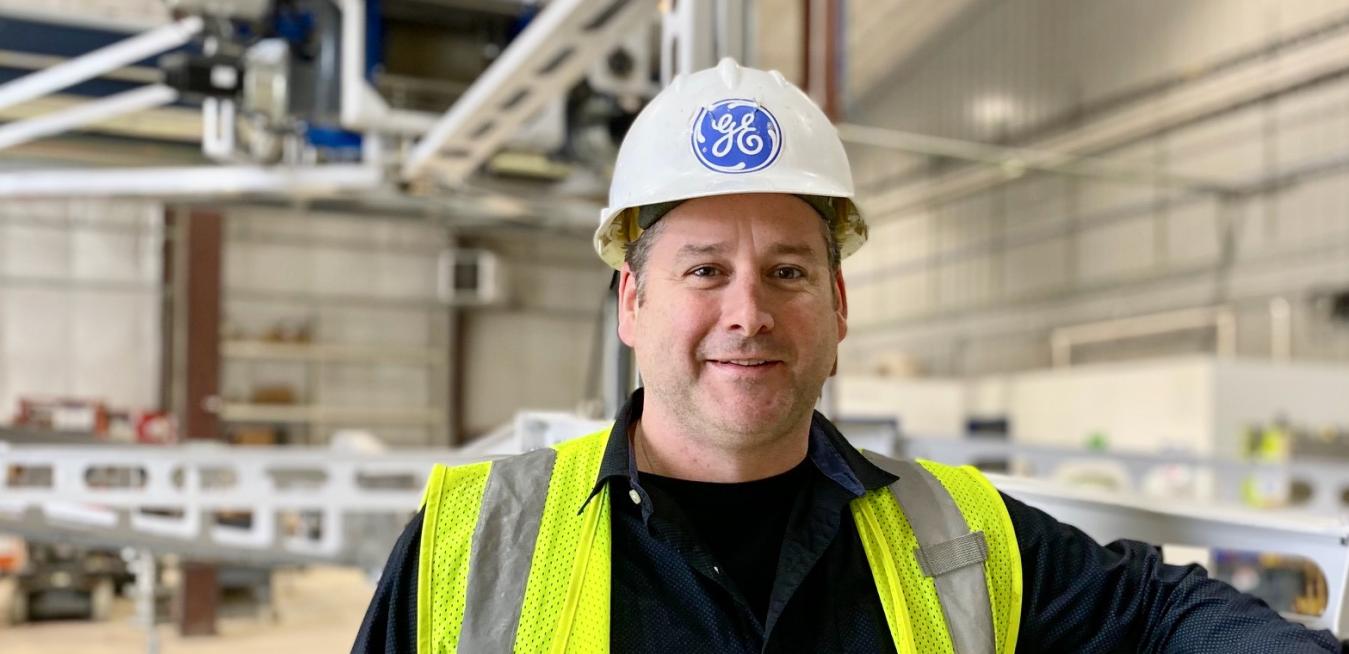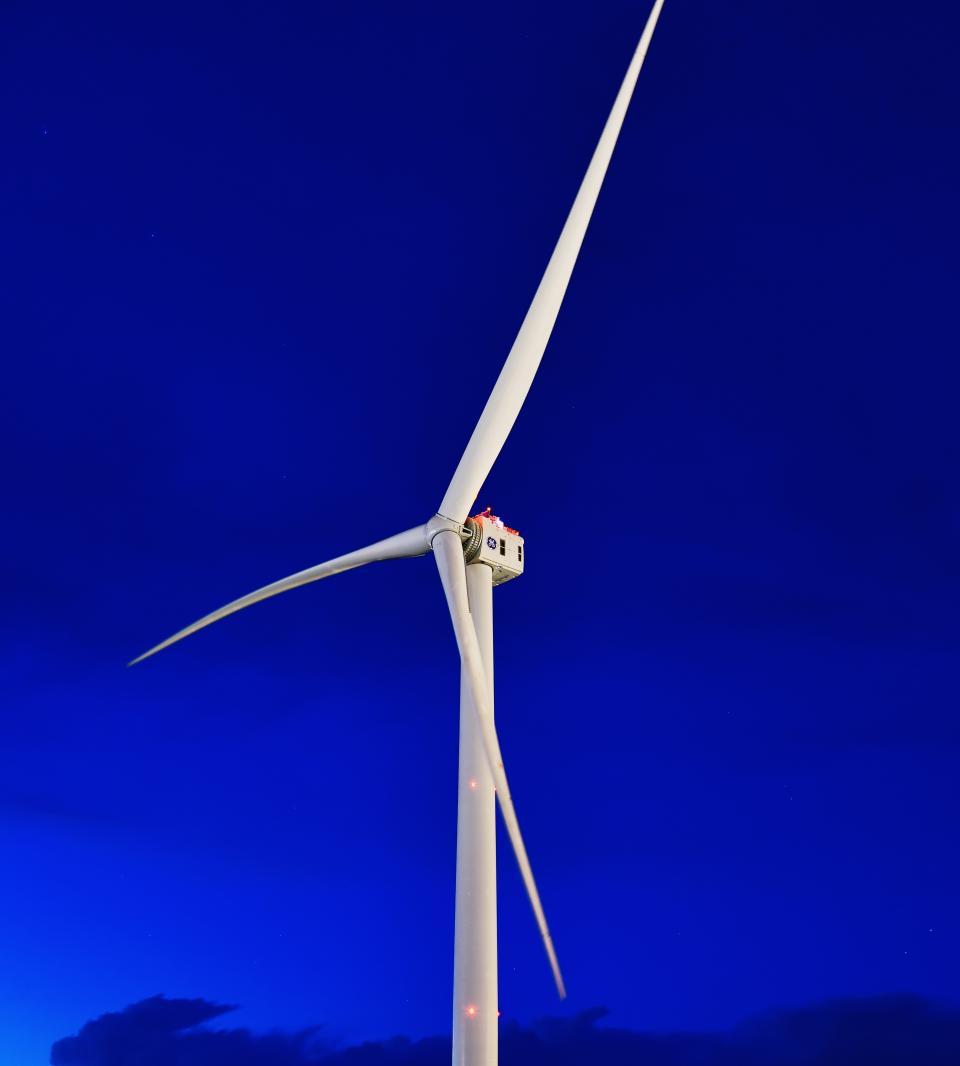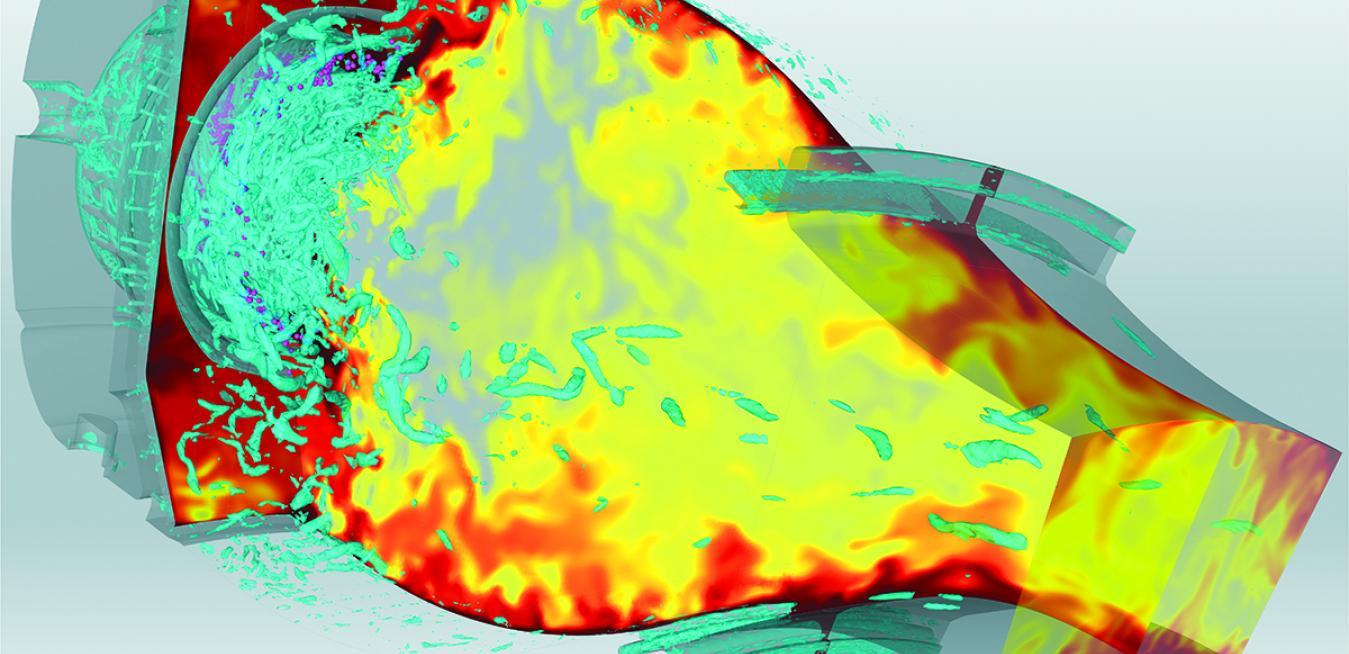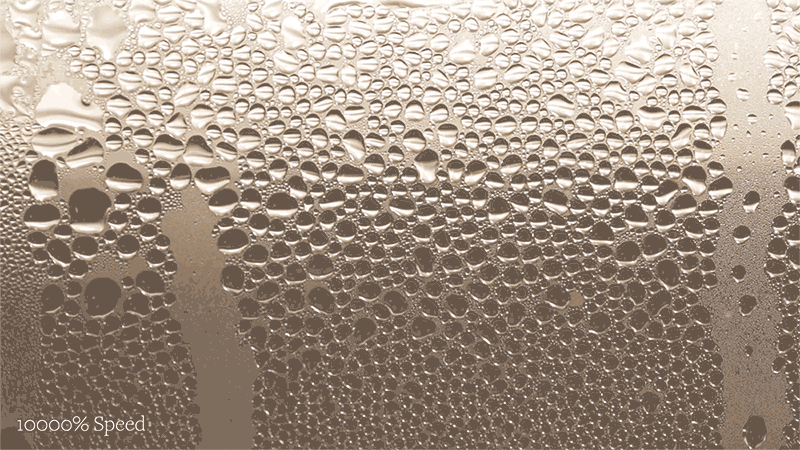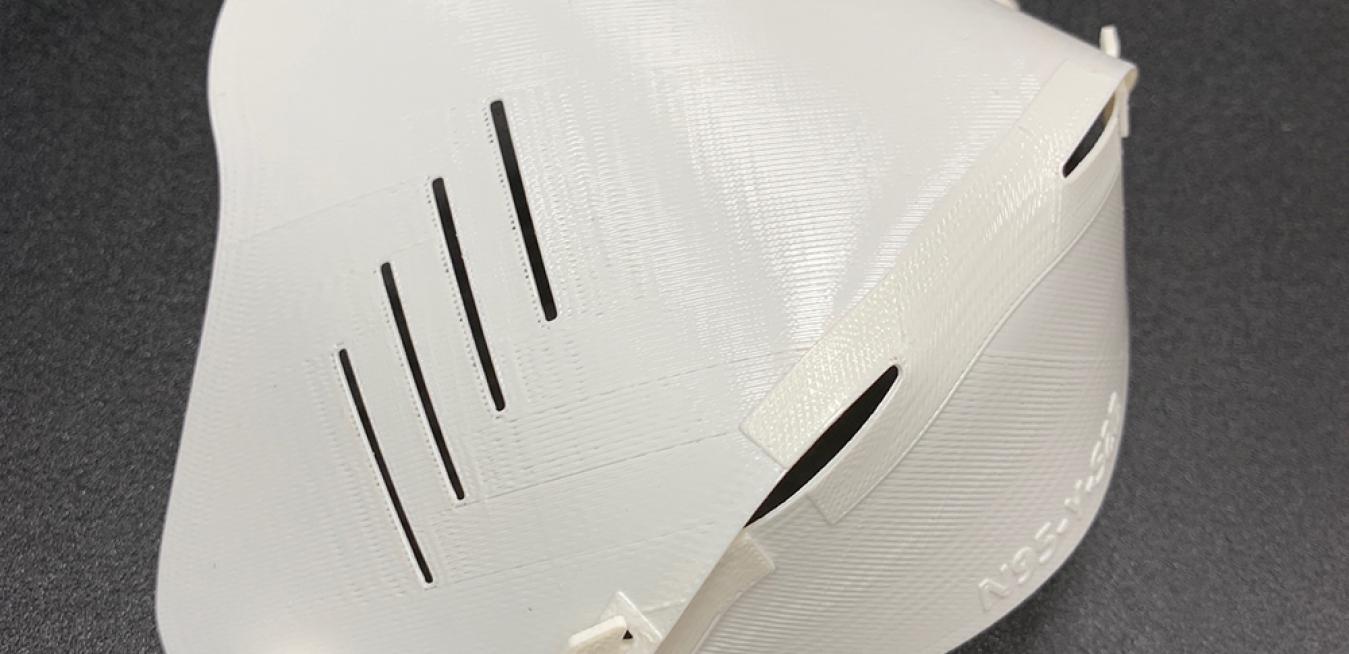- Awarded four-year, $14.3 million project through the Defense Advanced Research Projects Agency’s (DARPA) Atmospheric Water Extraction (AWE) program
- Device would provide troops in the battlefield with ready source of potable water, while significantly reducing the cost and logistics of transporting water
- Solution could be a future gamechanger in addressing water scarcity
business unit
tags
This Thursday, GE will hold its annual Investor Conference at GE Aerospace’s Customer Technical Education Center and nearby manufacturing facilities in Cincinnati and will feature keynote presentations from GE Chairman and CEO and GE Aerospace CEO Larry Culp, GE Vernova CEO Scott Strazik, and leaders from both businesses.
When India faced growing electric power needs at the start of the 20th century, it turned to GE. The company was still young — founded by Thomas Edison less than ten years earlier — but already it was proving itself a leader in technology and innovation. GE partnered with the state of Mysore in southern India to build a hydroelectric dam at Shivanasamudra Falls, which began generating power in 1902. It was the first hydroelectric dam in all of Asia, and the first of hundreds of power generation projects of all kinds that GE and the people of India would go on to build together.
Driving across the eastern end of New York State, you can’t fail to notice the clusters of wind turbines that have popped up over the past decade on undulating fields and remote ridges. As in other parts of the world, these wind farms are a manifestation of America’s growing embrace of renewable energy.
For hundreds of years, the art of casting industrial components has hardly changed: Design an object, create a model, use the model to build a mold and then cast your final product by pouring molten metal into the cavity formed by the model. The process is the same at foundries all across the world. But when the people at one of those foundries encountered additive manufacturing — better known as 3D printing — they quickly realized how radically the approach could disrupt the way they make things.
In the five decades since the first Earth Day, the world has made much progress in understanding the perils posed by climate change and finding the solutions we need. But we are far from done. The switch to electric cars alone will force us to reimagine not only how we make electricity, but also how we distribute it.
Renewables are clearly a big part of the future of energy, but so are natural gas, energy storage, hydropower and the digital grid. Other industries, like aviation, must also decarbonize to help prevent the planet from warming.
Keeping enemies on the run is all part of the job for soldiers in the U.S. Army, yet troops stationed in the world’s hot spots frequently face another relentless foe: thirst. But scientists at GE Research and their partners at U.S. universities have mobilized to help. They are building a refrigerator-size device that they believe ultimately will be able to produce hundreds of liters of drinking water per day from air.
Ever since he was a young bicycle racer in Greece in the 1980s, Dimitris Katsanis has been tinkering with ways to make bikes go faster. Now a celebrated bike designer, Katsanis became an icon in Britain when the bikes he created for its Olympic track cycling team helped win a slew of medals in Beijing in 2008 and London in 2012.
В первые дни, когда эпидемия коронавируса только обрушилась на США, Кэролайн Шоу не испытывала особого беспокойства. Менеджер по закупкам на заводе по производству ветрогенераторов GE Renewable Energy в городе Пенсакола (штат Флорида), она не могла даже предположить, что новая болезнь столь круто изменит ее профессиональную жизнь. Между тем, произошло непредвиденное. На фоне быстро разгорающейся пандемии ей вместе с несколькими другими коллегами было поручено предпринять меры для предотвращения распространения инфекции на заводе.
